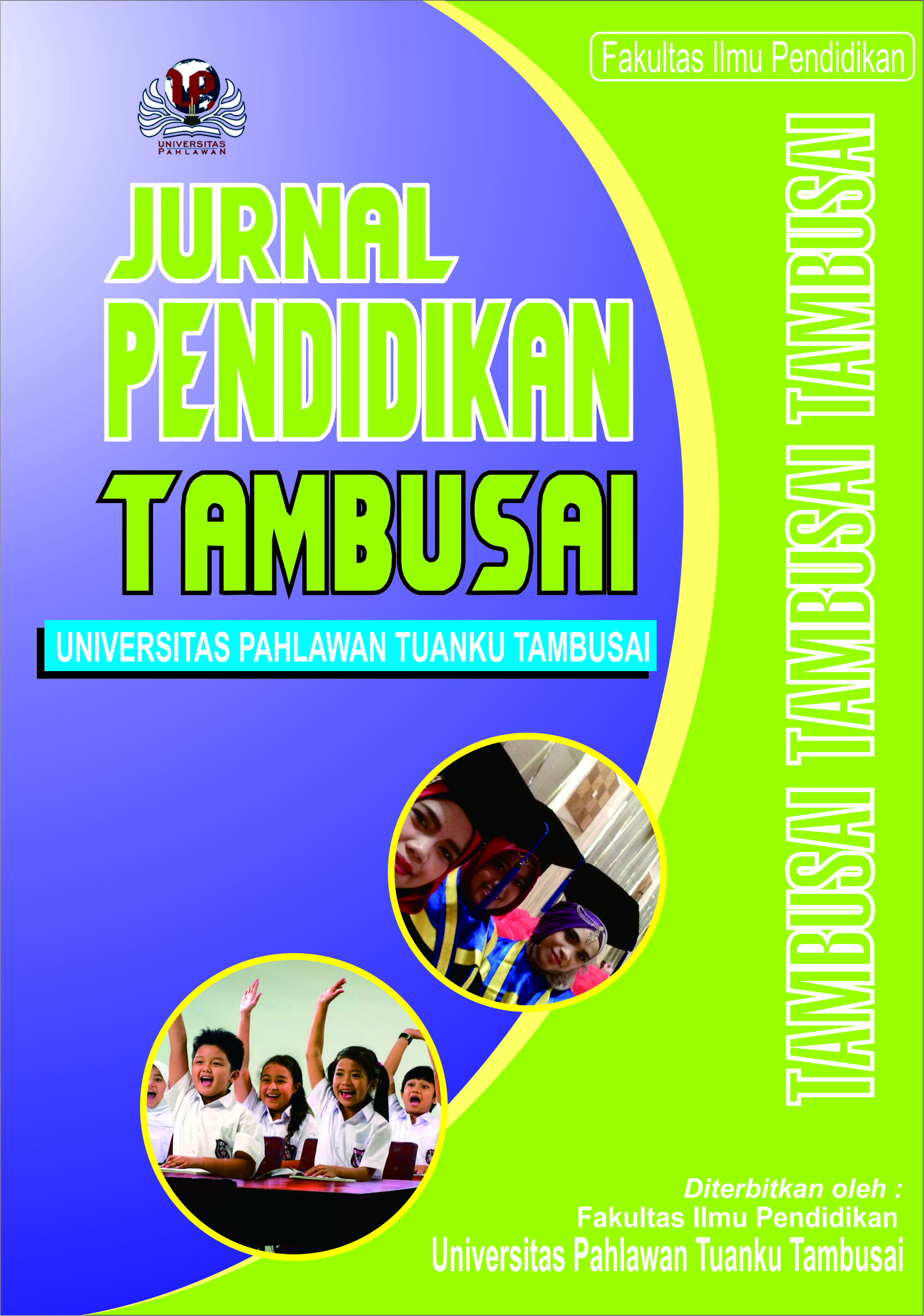Gambaran Mental Toughness Atlet Beladiri Tarung Derajat yang Kembali Menjadi Juara Setelah Mengalami Cedera Berat
DOI:
https://doi.org/10.31004/jptam.v6i1.2917Keywords:
Mental Toughness, Cedera Berat, Tarung DerajatAbstract
Penelitian ini memiliki tujuan untuk memberi gambaran mengenai mental toughness dari atlet beladiri tarung derajat yang kembali menjadi juara setelah mengalami cedera berat. Penelitian ini juga menunjukkan faktor penyebab terjadinya cedera, faktor pendukung dan penghambat untuk memperoleh mental toughness. Pembahasan yang dilakukan menggunakan metode kualitatif, dengan pendekatan Interpretative Phenomenological Analysis (IPA). Subjek dalam penelitian ini berjumlah tiga orang yang dipilih dengan metode purposive sampling yang dianggap sesuai dengan kriteria subjek penelitian. Penelitian ini menggunakan teknik wawancara semi-terstruktur dan observasi. Keabsahan data akan ditegakkan dengan teknik triangulasi data. Penelitian ini menunjukkan enam topik, yakni topik pertama, faktor penyebab terjadinya cedera, topik kedua, adanya kesadaran berolahraga ketiga adalah bersikap tangguh, keempat adalah adanya hasrat untuk sukses, kelima faktor pendukung dan ke enam faktor penghambat mental toughness.
References
Adisasmito, L (2007). Mental juara modal atlet berprestasi. Jakarta: Raja Grafindo Persada.
Ardern, C. L., Kvist, J., & Webster, K. E. (2016). Psychological aspects of anterior cruciate ligament injuries. Operative Techniques in Sports Medicine. 24, 77-83.
Baron, R. A., & Byren, D. (2005). Psikologi sosial. Edisi kesepuluh: jilid 2. Jakarta: Erlangga.
Brad walker (2007). The anatomy of sports injuries. California: North Atlantic Book Cava.
Cashmore, E. (2008). Sport and exercise psychology: The Key Concepts, Second Edition. London and New York: Routledge Taylor and Francis Group.
Crust, L., & Keegan, R. (2010). Mental toughness and attitudes to risk-taking. Personality and Individual Differences, 49(3), 164–168.
Gucciardi, D. F., Gordon, S., & Dimmock, J. A. (2009). Development and preliminary validation of a mental toughness inventory for Australian football. Psychology of Sport & Exercise, 10(1), 201–209.
Hardianto Wibowo. (1995). Pencegahan dan penatalaksanaan cedera olahraga. Jakarta : Buku Kedokteran.
Herfinanda, R., & Rahmandani, A. (2019). Pengalaman pada atlet karate yang pernah mengalami cedera berat (studi interpretative phenomenological analysis). Empati, 8(2), 1–12.
Iswidharmanjaya, A & Agung, G. (2005). Satu hari menjadi lebih percaya diri. Jakarta : PT. Elex Media Komputindo.
Jones, G. (2002). What is this thing called mental toughness?? an investigation of elite sport performers. Journal of Applied Sport Psychology, 14, 205–218.
Jovanovic, D., & Matejevic, M. (2014). Relationship between rewards and intrinsic motivation for learning –researches review. Procedia -Social and Behavioral Sciences, 149, 456-460.
Kail, Robert.V & Cavanaugh J. C. (2000). Human development: a life span view 2th ed. United States : Wadsworth Thomson Learning.
Khan, Z. S., & Patil, Y. (2017). Psychological research on karate (martial) artists. International Journal of Multidisciplinary Approach and Studies, 4(1), 195-222.
Killy, A. K., Nieuwerburgh, C. V., & Clough, P. J. (2017). Coaching to enhance the mental toughness of people learning kickboxing. International Journal of Evidence Based Coaching and Mentoring, 15(2), 111-123.
Moleong, L. J. (2009). Metodologi penelitian kualitatif. Bandung: PT. Remaja Rosdakarya.
Mulya, H. A., & Indrawati, E. S. (2016). Hubungan antara motivasi berprestasi dengan stres akademik pada mahasiswa tingkat pertama fakultas psikologi universitas diponegoro semarang. Jurnal Empati, 5(2), 296-302.
Poerwandari, K. (2009). Pendekatan untuk penelitian perilaku manusia. Jakarta: LPSP3 UI.
Putri, M., & Mirza. (2018). Kohesivitas kelompok dan kualitas kehidupan kerja pada karyawan. Seurune, Jurnal Psikologi Unsyiah, 1(1), 1-17.
Downloads
Published
How to Cite
Issue
Section
Citation Check
License
Copyright (c) 2022 Sri Kurnia Agusman

This work is licensed under a Creative Commons Attribution-ShareAlike 4.0 International License.
Authors who publish with this journal agree to the following terms:
- Authors retain copyright and grant the journal right of first publication with the work simultaneously licensed under a Creative Commons Attribution License that allows others to share the work with an acknowledgement of the work’s authorship and initial publication in this journal.
- Authors are able to enter into separate, additional contractual arrangements for the non-exclusive distribution of the journal’s published version of the work (e.g., post it to an institutional repository or publish it in a book), with an acknowledgement of its initial publication in this journal.
- Authors are permitted and encouraged to post their work online (e.g., in institutional repositories or on their website) prior to and during the submission process, as it can lead to productive exchanges, as well as earlier and greater citation of published work (See The Effect of Open Access).



